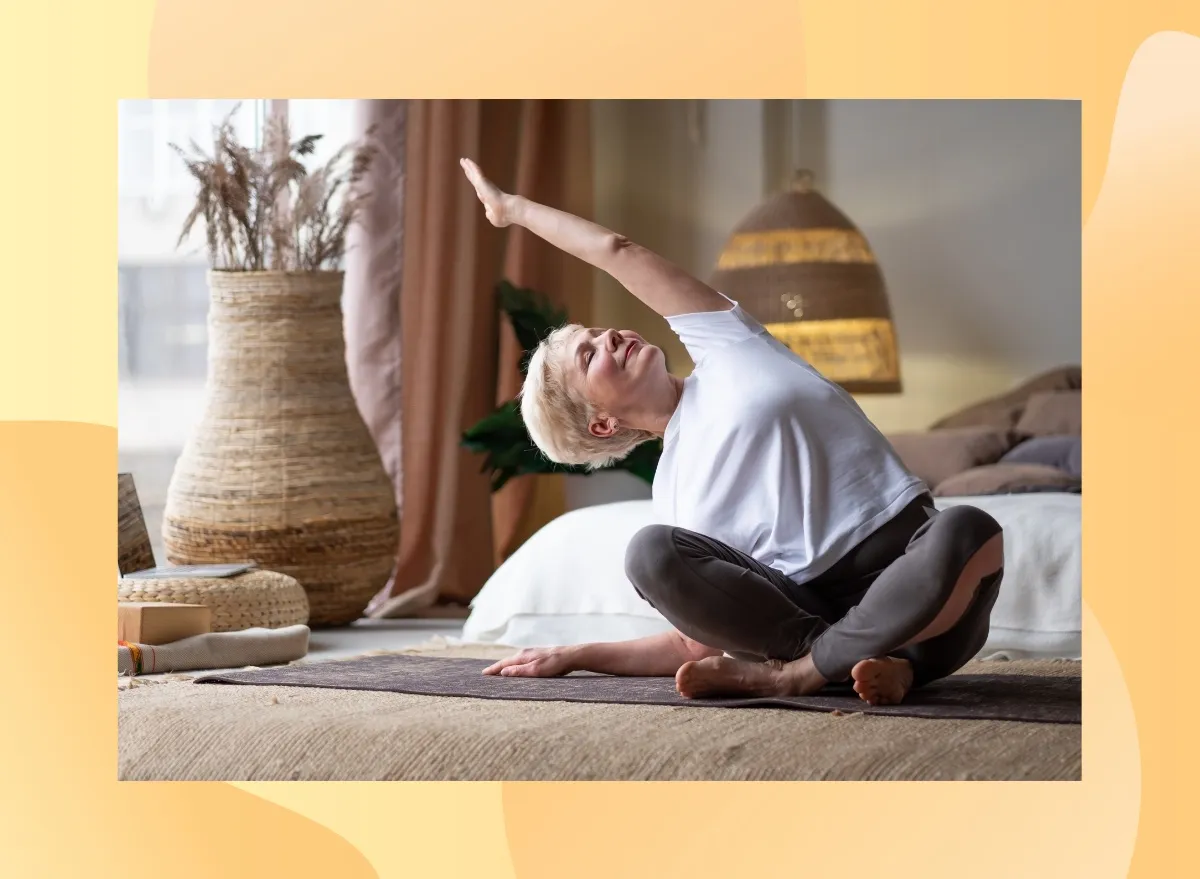In early 2006, when I was 17, I was admitted to a well-known psychiatric hospital in the UK, an institution most associated with models and footballers. I was neither. I was a schoolgirl who had suffered from either a chemical imbalance in the brain or a series of poor life decisions, depending on who you asked. For two months I was to live in a small pink room with immovable furniture, and attend every therapy on offer. I revised for my AS Levels in the communal lounge while people watched television or wept over the evening meal.
On my first day there, snow fell furiously across Derbyshire. My parents live on a big hill in a small village, and were snow-bound. Visiting hours inched around. I resigned myself to two hours of self-pity, listening to the hum of reunions from the surrounding rooms. But 30 minutes before the doors closed, in walked my friend, Ruth, who had got her driving licence just the month before. She was carrying a week’s supply of the worst gossip magazines of the late noughties and a craft kit for homemade cards. I would not spend the evening alone.
I first met Ruth when we were nine years old. I was new to her school, with all of the embarrassments that entails: the stiff uniform, the wrong bag, the eagerness to please. Ruth had school shoes from Kickers and a healthy disregard for authority, and I thought she was the coolest person I had ever encountered.
During my stay in hospital, Ruth visited every day. Life as an inpatient was in turns dull and deeply painful. In some ways, I seemed stuck in childhood, ever-supervised, living according to a regime outside my control: psychologists, mealtimes, group sessions. In others, I had become an adult overnight, forced into grim self-awareness and deprived of the silliness of the sixth-form common room, Saturday jobs, nights on the town. I existed for visiting hours, when I could return to adolescence. Ruth and I watched DVDs of Sex and the City. We exchanged letters and drawings. She reported school gossip and I listened greedily, glad of a portal to normality. I think, now, of the miles she drove, the winter roads, the schoolwork waiting on her return. We were only teenagers, but I am not sure anybody in my life will again show me such steadfast kindness.
Teenage girls are lampooned for all sorts of ills. We learn early that our interests are lesser. Our friendships are often the stuff of satire. Even the best teenage movies – Mean Girls, Lady Bird – depict the relationships between teenage girls as being rife with drama, a battlefield of crossed alliances and knives to the back. There’s reconciliation, but reconciliation only after a failed defection to the other side of the social valley. For the intellectual or the misfit, the best to hope for is romantic salvation (10 Things I Hate About You, She’s All That) or iconic massacre (Heathers, Carrie). Don’t get me wrong; I adore these films. I’ve dressed as their characters for Halloween. But, even as parodies, they are nothing like what I remember of teenage friendship.
In the landscape of being a teenage girl – the strange, foreign territory of your body, the mediocre boyfriends, the parents engaged in their own adult battles – my friends were the shelter. I wasn’t particularly interested in boys, other than to kiss them in cinemas and talk about them in chemistry. What interested me were the weekends with Ruth and our band of friends, watching wildly unsuitable films, careening around Manchester and buying accessories from Affleck’s Palace. We would select just the right choker, lip gloss, nail varnish; and though these might be bought for the gathering that night, the real fun was always in the shopping, the dressing, the bedrooms where we could be ourselves, together, rather than the parties where we could not.
The protagonist in my second novel, Day One, is a teenage girl. Day One unfolds in the aftermath of an act of brutality but it is a novel defined by small love stories. There is the love between parents and children, idols and followers, pets and their owners – and the love between teenage friends. The friendship at the heart of the book carries two girls from primary school to adulthood, through the trauma inflicted on their home town and the global scrutiny that follows it. One of the girls has told a catastrophic lie about her role in the attack, and it is this friendship she returns to, time and again, as her ruse begins to crumble. A lot changes in the editing of a novel: characters are merged and cut, time frames shift, tens of thousands of words are deleted in one fell tap. But this friendship came fully formed, and remained just as it was. The book’s characters are nothing like me and Ruth, but the sense of the friendship is: this, the person you return to, when everything else is going to shit.
It’s been 18 years since I was discharged from hospital. I left further from death than when I had arrived, and with a quiet resolve not to go back there, which I have had the determination and luck to maintain. I also left with a renewed love for Ruth and the teenage friendships I returned to. This, too, hasn’t diminished. I have a familial protectiveness over my oldest friends, whatever missteps they happen to make. One of my favourite songs as a child was Train’s “Drops of Jupiter”. Ruth and I would sing it in our parents’ cars, screaming the bridge: “Your best friend always sticking up for you / even when I know you’re wrong!” The song is not a masterpiece – there’s also a lyric which references soy lattes – but this line has always stuck with me. Whenever I have gone to Ruth with a problem – many self-made, and most trivial – she doesn’t always offer absolution, but she does offer acceptance. With a kind of medieval loyalty, she has despised every one of my enemies.
My other attachment to old friends is more sentimental. I have known and loved so many iterations of them, and I cannot separate these iterations from their final, adult outcome. When you meet somebody later in life, you tend to meet them after some degree of refinement. In the last few years, I’ve been fortunate enough to make a group of glorious new friends, women I love to the bones. But I will never know quite what made them. I won’t know the specific smell of their parents’ house or the haircut they had at 14. We may grow old together, but we won’t grow up together. It’s the reason I feel a unique fury when my oldest friends are wronged. When a boss is dismissive, or a partner unreasonable, they’re not just hurting the adult who can handle it; they’re also, inexplicably, hurting old, vulnerable versions of that person. They are hurting a child who helped you to bury your hamster, and a 12-year-old who wept when the Spice Girls released “Goodbye”.
Maintaining old friendships has not always been easy. As teenagers, there were so many hours to while away. As adults, the hours are populated by work, partners, pets, children, a whole cacophony of responsibility. It is harder to hear your friends, and easier to believe you can live without them.
Ruth and I have not always been as close as we were during the evenings spent in that hospital room. We have been buffeted by the acute and unremarkable pains of life in your 30s: the reality of ageing parents, the quiet wars waged in pursuit of children. But we have tried, always, to find our way back to each other. We have walked for miles in parks across London, talking about The Traitors and heart surgery and nothing at all. We have winced at Oslo bar tabs and pottered around Canterbury buying surplus Christmas presents. In Bologna, a waiter insisted that we must be a married couple, in love, for the amount of time we spent at his table. In December, we travelled to Whitstable, leaving our young sons with their fathers. Ruth drove, long-accustomed to ice on the roads. We are 35, now, and live at opposite ends of London; there is less time than we would like. We walked along the seafront and picked out the house where we will live at 90, long-widowed and stubbornly glamorous. There will be evenings spent watching Sex and the City, and terrible gossip magazines on the coffee table.
Day One by Abigail Dean (Hemlock Press, £16.99) will be published 28 March. Buy a copy for £14.95 from guardianbookshop.com





